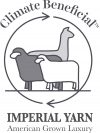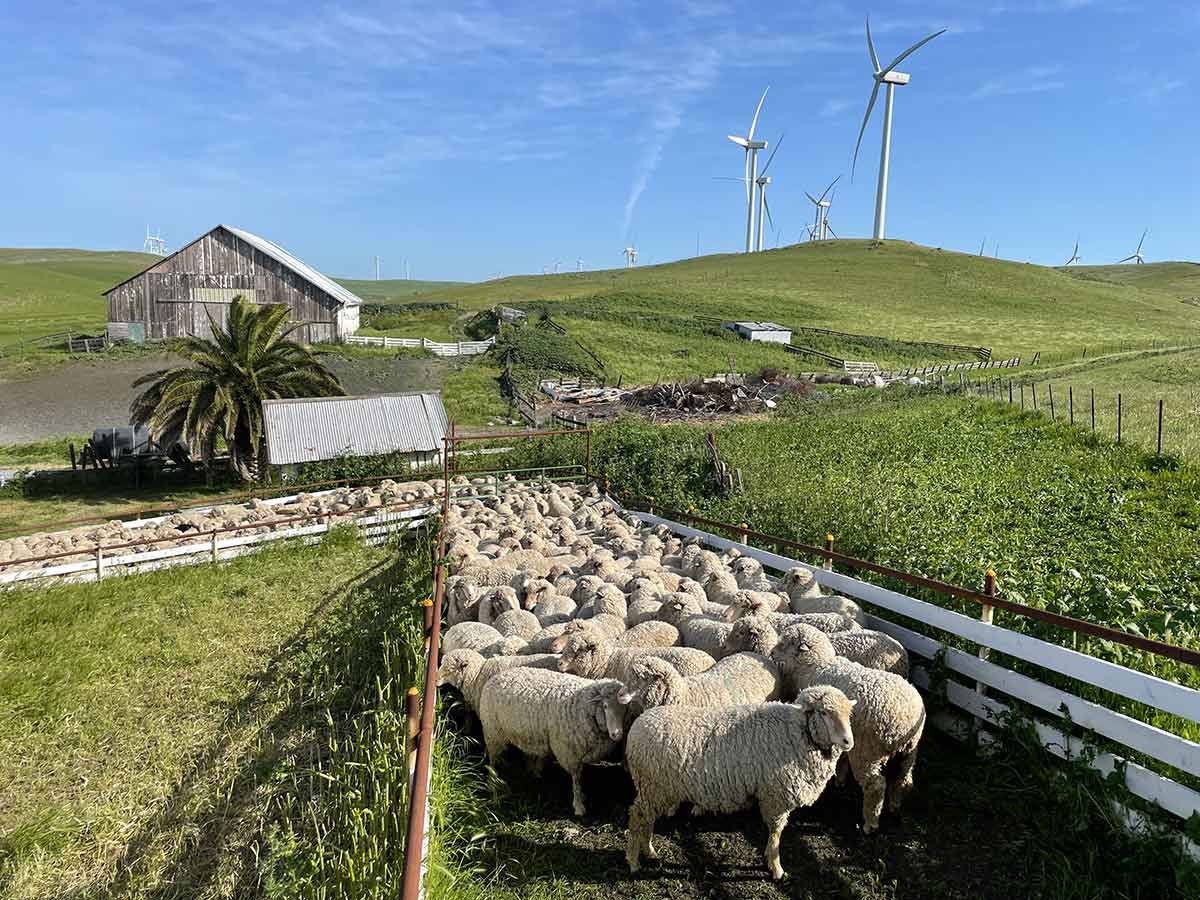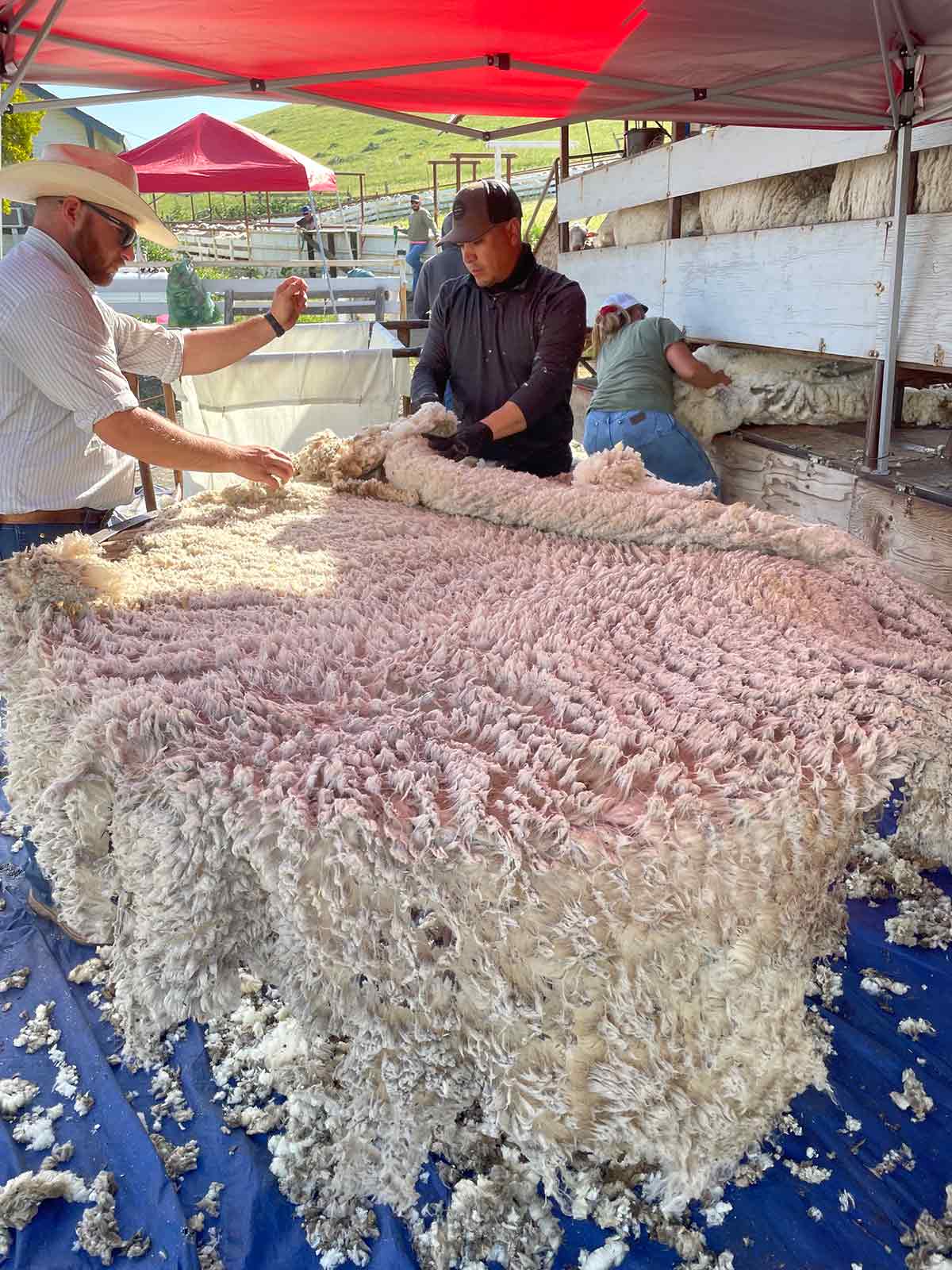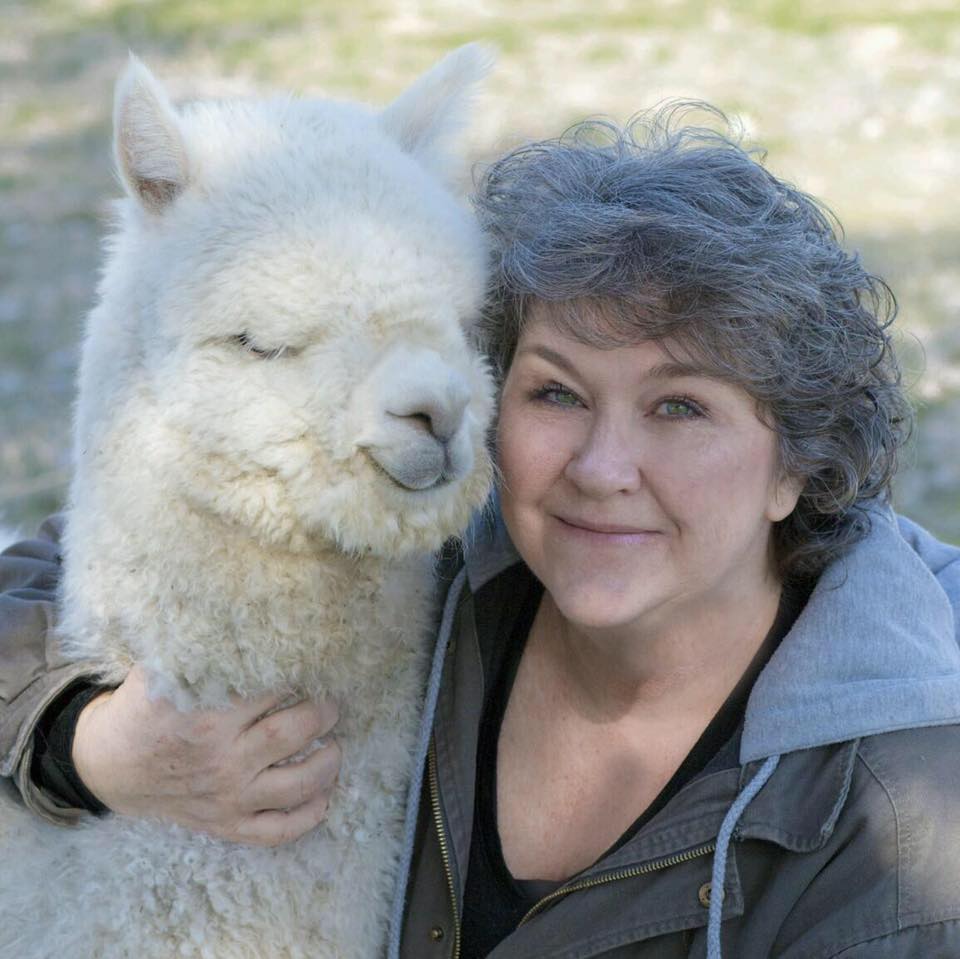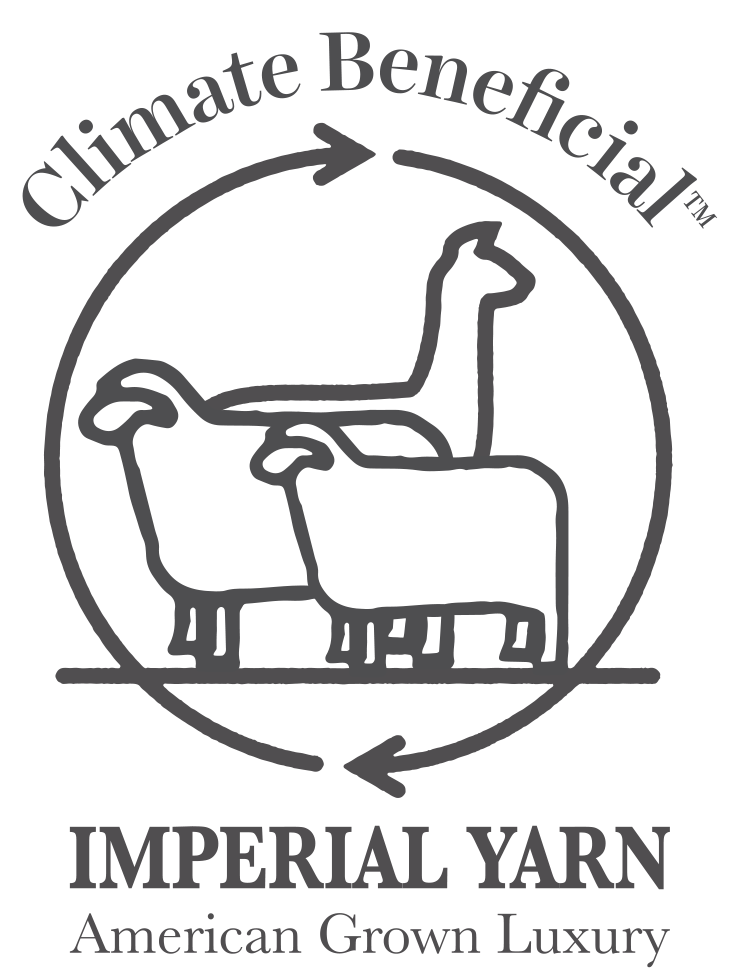How It Is Made
Step by Step Process from Wool to Fabric
Once a year, the soft, white merino wool and alpaca is harvested from sheep and alpaca, and the process of transforming this naturally renewable resource into a wide selection of fibers, fabrics and yarns begins. All the wool is carefully and specially milled without the use of harsh chemicals or extreme temperatures, making every effort to maintain the natural integrity of this comfortable, soft, and pure perfection.
With palettes of richly saturated solids and precisely blended heathers, Imperial Yarn offers knitters, weavers, designers and other fiber artists a naturally beautiful array of hues, textures, and weights from which to choose.
Step One: Shearing
The unique merino wool and alpaca fashion of Imperial Yarn begins with shearing. Shearing takes place in early spring. Using electric shears, the expert shearers carefully harvest the fleece of each sheep or alpaca, which comes off in one piece, ready to toss onto the skirting table.
Step 2: Skirting & Grading
Each individual fleece is carefully inspected on a “skirting table,” where unusually dirty wool located on the belly or other areas is removed, and the sheep wool and alpaca Fiber is “classed or graded” according to the diameter (fineness) and length of the fibers. The merino wool and alpaca fiber are baled by grade for shipping.
Step Three: Washing & Scouring
Next the wool is washed in hot water with a mild detergent, removing grease, vegetable matter and dirt from the raw wool. Moving through a series of cleaning tubs, followed by clean-water rinses, the fleece is then dried. These methods are earth friendly, involving no harsh chemicals, leaving the wool in its naturally soft state. Imperial Yarn also “cards and combs” the wool prior to spinning, which helps remove any remaining vegetable matter from the wool fibers.

Step Four: Stock Dyeing
The wool is dyed prior to spinning in most of our woolen spun yarns. This allows us to take various colors and blend them together during the next stage, resulting in soft and uniquely blended custom heather colors. For most of our worsted spun yarns, the dyeing happens once the fibers have been spun to yarn.

Step Five: Carding & Blending
Carding the first step in aligning the fiber and preparing it for spinning. The untangled wool fibers lie parallel and form a fine web of continuous strips or “slivers.” Carded wool, prior to spinning, is referred to as roving.

Step Six: Spinning/Plying
The spinning process takes the roving and twists it into thread or yarn. Twisting the wool strands increases the strength of the yarn and creates the continuous, unbroken yarn necessary for weaving or knitting into cloth. The additional step of plying involves twisting multiple strands of spun fiber together, to create plied yarns (e.g. 2-ply or 3-ply).

Step Seven: Weaving
Once the finished yarn reaches the weaving facility, the weaver readies the machine by warping the loom with 100 cones of yarn, which is a very time intensive process. Once completed, the machine is now ready to begin weaving beautiful cloth and fine fabrics under the watchful eye of the weave master. When the fabric is woven, it is then placed on rolls and prepared for finishing.

The Final Step: Finishing & Packaging
Woven blankets are finished in a variety of ways depending on the style. The finish process involves scouring, napping, brushing, blanket-stitched or fringed. Each throw is then labeled, packaged and ready to present to our customers. All Imperial Yarn products are proudly 100% American Made from 100% American Grown Fiber.

